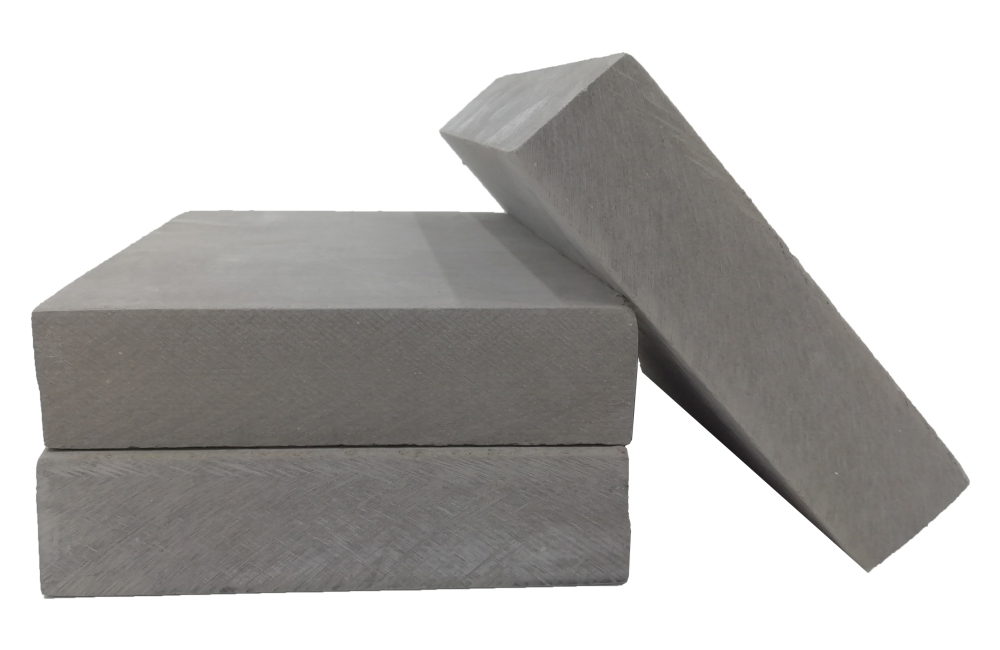
Maintenance Requirements for Fiber Cement Board
Maintenance requirements for fiber cement boards are relatively low compared to other building materials, but proper care can help extend the lifespan and appearance of the material. Fiber cement board is commonly used for siding, roofing, and other exterior applications due to its durability and resistance to various environmental factors.
Here are the common maintenance requirements for fiber cement board and guidelines for inspection and refinishing:
When cleaning the fiber cement board, avoid using abrasive cleaners, scouring pads, or harsh chemicals. These can scratch or damage the surface of the board and compromise its protective coating.
Replace damaged boards if necessary to maintain the structural integrity of the installation.
It's important to note that the specific maintenance requirements and intervals can vary based on the manufacturer's recommendations, local climate, exposure to sunlight, and other factors. Always refer to the manufacturer's guidelines and consult with professionals if you're unsure about the best maintenance practices for your specific situation.
Here are the common maintenance requirements for fiber cement board and guidelines for inspection and refinishing:
Regular Cleaning
Periodically clean the fiber cement board to remove dirt, dust, pollen, and other debris that may accumulate on the surface. You can use a soft brush, a cloth, or a gentle pressure washer to clean the boards. Avoid using high-pressure settings on the pressure washer, as this can damage the board's surface.When cleaning the fiber cement board, avoid using abrasive cleaners, scouring pads, or harsh chemicals. These can scratch or damage the surface of the board and compromise its protective coating.
Visual Inspection
Regularly inspect the fiber cement board for any signs of damage such as cracks, chips, or areas where the paint or coating is peeling. Promptly address any issues to prevent water intrusion and further deterioration.Repainting
Fiber cement board may need to be repainted or refinished periodically to maintain its appearance and protect it from weathering. The frequency of repainting depends on factors like climate, UV exposure, and the quality of the initial paint job. As a general guideline, fiber cement boards should be repainted every 7 to 15 years. However, the actual interval may vary.Caulking and Sealing
Pay attention to the joints and seams between fiber cement boards and other materials, such as corners and around windows and doors. Use appropriate caulking or sealant to prevent water infiltration. Check the caulking periodically for any cracks or gaps, and reapply as needed.Addressing Damage
If you notice cracks, chips, or other damage, address them promptly to prevent further deterioration.Replace damaged boards if necessary to maintain the structural integrity of the installation.
Pest Control
Fiber cement board is not immune to pests like termites. Inspect for signs of infestation and take appropriate measures if pests are found.Mold and Mildew Prevention
While fiber cement is resistant to rot and mold, it's still important to ensure proper ventilation and drainage around the boards to prevent the growth of mold and mildew. Trim trees or shrubs that may be too close to the boards, as excessive shade and moisture can promote mold growth.Gutter Maintenance
Ensure that gutters and downspouts are functioning properly to direct water away from the fiber cement board. Clogged gutters can lead to water pooling against the board, which can cause damage over time.Professional Inspection
Consider hiring a professional inspector or contractor to conduct a thorough evaluation every few years, it can help identify any hidden issues or areas that require maintenance, especially if you're not comfortable assessing the condition yourself.It's important to note that the specific maintenance requirements and intervals can vary based on the manufacturer's recommendations, local climate, exposure to sunlight, and other factors. Always refer to the manufacturer's guidelines and consult with professionals if you're unsure about the best maintenance practices for your specific situation.






